Do you have a question about the Trane 4TWR7 and is the answer not in the manual?
Details unit dimensions and weight, with mounting and isolation recommendations.
Specifies maximum total length and vertical change for refrigerant lines.
Provides guidance on unit placement for optimal performance and avoiding issues.
Offers precautions for installations in areas with snow and freezing temperatures.
Addresses requirements for installations near saltwater environments.
Outlines steps for checking unit for damage and removing it from the pallet.
Details requirements for installing the unit on a support pad, including size and levelness.
Provides a table detailing line sizes and service valve connection sizes for different models.
Explains the factory charge details and the importance of verifying system charge.
Instructs on determining required line length and lift for system charge calculations.
Emphasizes the necessity of insulating the vapor line and avoiding metal-to-metal contact.
Provides precautions for reusing existing refrigerant lines in retrofit applications.
Details precautions to prevent noise transmission from refrigerant lines within the building structure.
Step-by-step guide for preparing and brazing refrigerant lines to service valves.
Describes the process of pressurizing lines with nitrogen and checking for leaks using a soapy solution.
Details the procedure for evacuating refrigerant lines and the indoor coil using a micron gauge.
Explains how to properly open the gas service valve after leak check and evacuation.
Provides critical safety warnings and instructions for opening the liquid service valve.
Defines the maximum allowable lengths for low voltage wiring based on wire size.
Illustrates low voltage wiring connections for different thermostat and air handler models.
Explains defrost control settings, termination temperatures, and checkout procedures.
Covers high voltage power supply requirements and compliance with codes and nameplate data.
Recommends installing a separate disconnect switch and using flexible conduit for connections.
Specifies grounding requirements for the outdoor unit according to national, state, and local codes.
Guides through the initial steps for starting up the system, including thermostat settings and power application.
Details how to measure outdoor and indoor temperatures for system charging.
Provides charts and instructions for charging the system using subcooling above 55°F ambient.
Explains the weigh-in method for charging when outdoor temps are below 55°F.
Outlines essential operational checks and final inspections for proper system performance.
Lists system faults and potential causes across refrigerant circuit, electrical, and defrost categories.
This document is an Installer's Guide for Trane Condensing Units, specifically the 4TWR7 series. It provides comprehensive instructions for the installation, start-up, and servicing of these outdoor air conditioning units.
The Trane 4TWR7 series condensing units are outdoor components of a central air conditioning system. They are designed to work in conjunction with an indoor evaporative coil and refrigerant lines to provide heating, ventilating, and air-conditioning (HVAC) for residential and commercial applications. These units utilize R-410A refrigerant, which operates at higher pressures than R-22.
22°F Outdoor Temp: 47°F Termination Temp
30°F Outdoor Temp: 47°F Termination Temp

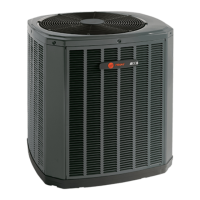
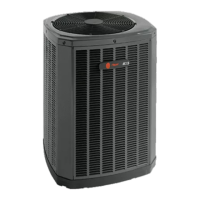



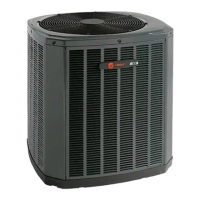
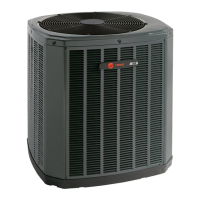
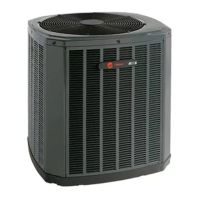
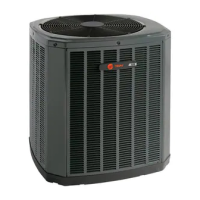
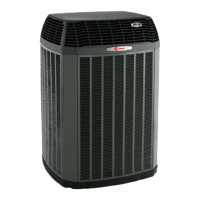

